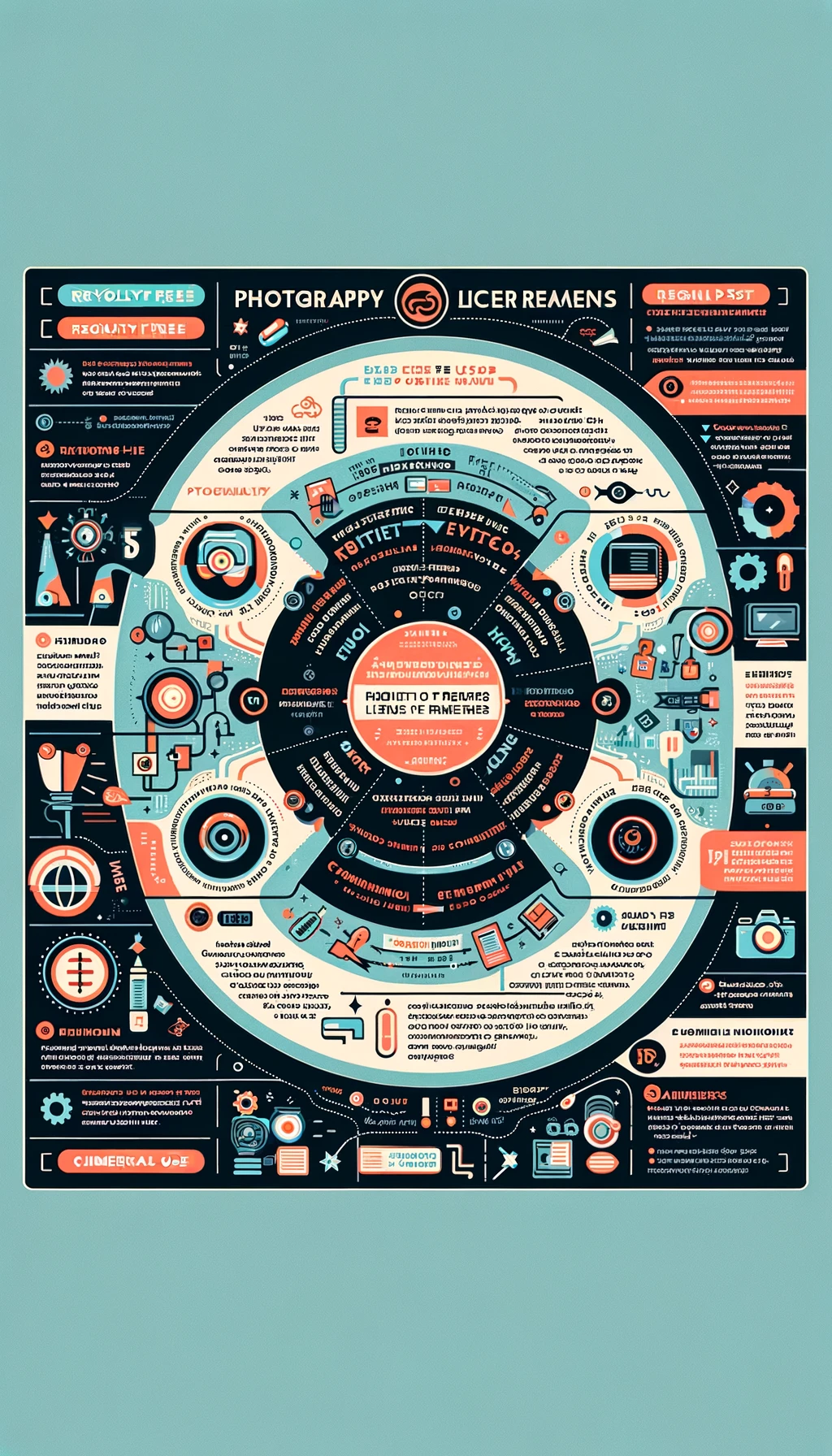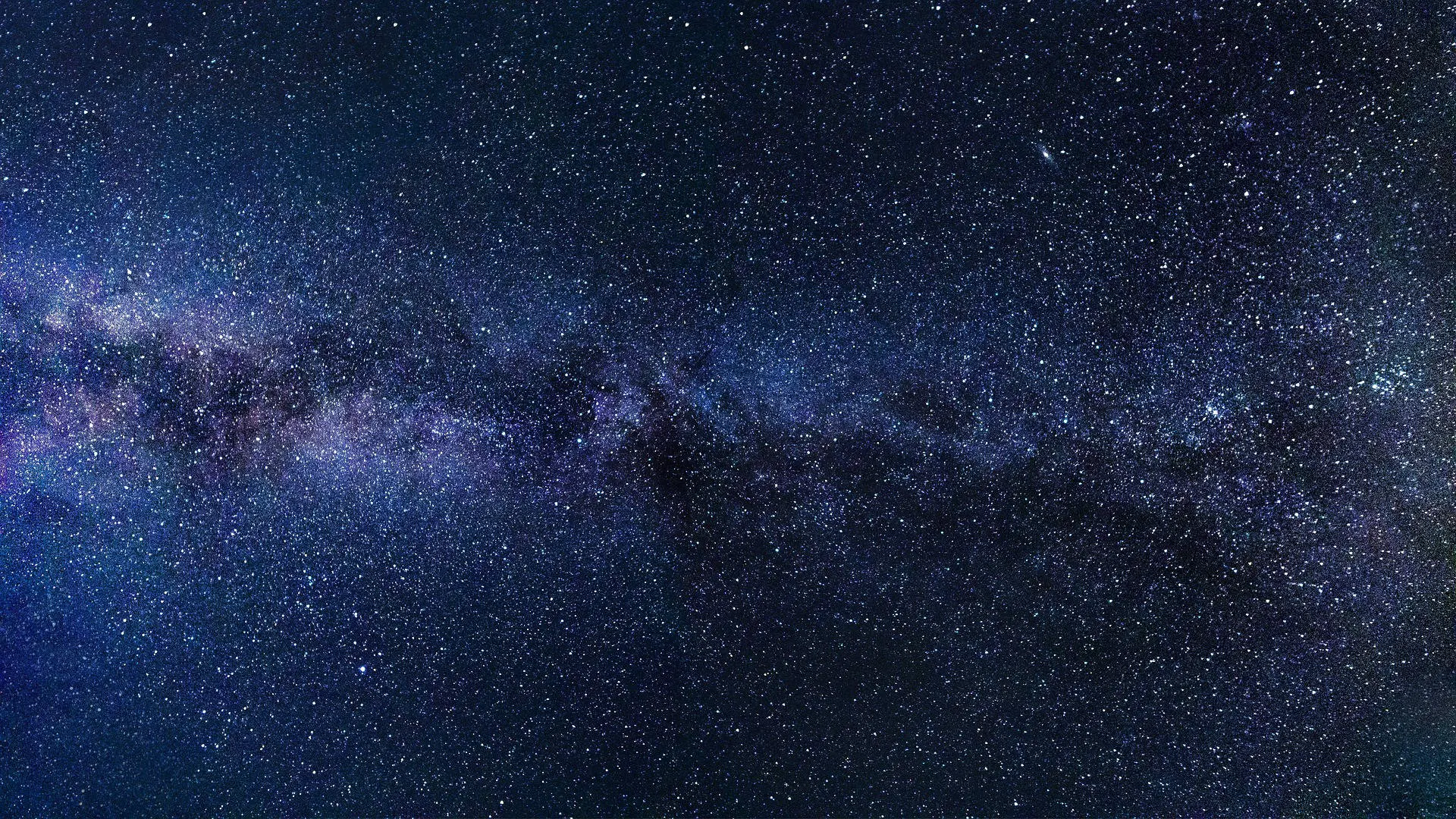The Ultimate Guide to Photography License Agreements

Introduction
In the digital age, photography has transcended its traditional boundaries to become a pivotal element in various sectors, including marketing, advertising, and digital content creation. With this evolution, the importance of understanding and utilizing photography license agreements has never been more critical. These agreements not only protect the rights of photographers but also ensure that clients use images within legal and agreed-upon boundaries. This comprehensive guide aims to shed light on photography license agreements, ensuring both photographers and clients navigate these waters with ease and confidence.
Understanding Photography License Agreements
A photography license agreement is a legal contract that outlines the terms under which photographic images can be used by a licensee. Unlike a transfer of copyright, which would give the purchaser ownership of the photo, a license agreement allows for the use of the image while the copyright remains with the original creator. According to the U.S. Copyright Office, copyright law protects the rights of creators by giving them exclusive control over the use and distribution of their works.
Why Are License Agreements Important?
License agreements are crucial for several reasons:
Protection of Rights: They safeguard the photographer's intellectual property, ensuring their work isn't misused or distributed without proper compensation or acknowledgment.
Clarity of Use: They clearly define how, where, and for how long an image can be used, preventing potential legal disputes.
Revenue Stream: For photographers, licensing offers a way to earn income from their work repeatedly without selling the copyright outright.
Types of Photography Licenses
Understanding the different types of licenses is essential for both photographers and clients. These include:
Royalty-Free: Offers broad usage rights for a one-time fee, without the need to pay royalties for each use.
Rights-Managed: Provides specific, detailed usage rights, including duration, geographical location, and type of use.
Editorial Use Only: Limits the use of images to non-commercial contexts, primarily for educational or journalistic purposes.
Commercial Use: Allows images to be used in advertising, marketing, and other commercial contexts.
Exclusive vs. Non-Exclusive: Exclusive licenses mean only the licensee can use the image in the agreed manner, while non-exclusive licenses allow the photographer to license the image to multiple clients.
Crafting a Photography License Agreement
A well-crafted license agreement should be clear, comprehensive, and tailored to the specific needs of the photographer and client. Essential elements include:
Parties Involved: The names and contact information of the copyright owner (photographer) and the licensee.
Description of the Image(s): Clear identification of the image(s) being licensed.
Scope of Use: Detailed terms of use, including the purpose, duration, geographical area, and any restrictions.
Fees and Payment Terms: Pricing, payment schedule, and any royalties required for extended use.
Attribution and Credits: Conditions under which the photographer must be credited.
Termination and Renewal: Terms under which the agreement can be terminated or renewed.
For an in-depth understanding of copyright laws and licensing, visiting authoritative sites such as Stanford University's Copyright and Fair Use Center can provide valuable insights.

Create & Review Your Contracts 10x Quality and Ease
Lawyer-level AI handles all your contract needs, with real lawyers providing safeguarding support

Best Practices for Photographers and Clients
For Photographers
Know Your Worth: Understand the value of your work and price your licenses accordingly.
Be Specific: Clearly define license terms to avoid ambiguity and potential misuse.
Protect Your Work: Use watermarks and low-resolution images for initial discussions until the license agreement is finalized.
For Clients
Understand the License: Make sure you fully comprehend the scope of the license, including any limitations on image use.
Negotiate Fair Terms: Work with the photographer to ensure the license meets your needs without infringing on their rights.
Respect Copyright: Always attribute the photographer when required and adhere to the terms of the license agreement.
Conclusion
Photography license agreements are a cornerstone of the professional photography industry, ensuring that photographers can share their work without sacrificing their rights and clients can utilize images within a legal framework. By understanding and respecting these agreements, both parties can foster a mutually beneficial relationship, leading to successful collaborations.
For further reading on photography and copyright laws, resources like The Digital Media Law Project and The Library of Congress offer extensive information that can enhance your knowledge and ensure that your work or project aligns with legal standards.
By adhering to the guidelines outlined in this article and consulting with legal professionals when necessary, photographers and clients can navigate the complexities of photography licenses with confidence, ensuring that creative works are protected and respected across all platforms.

